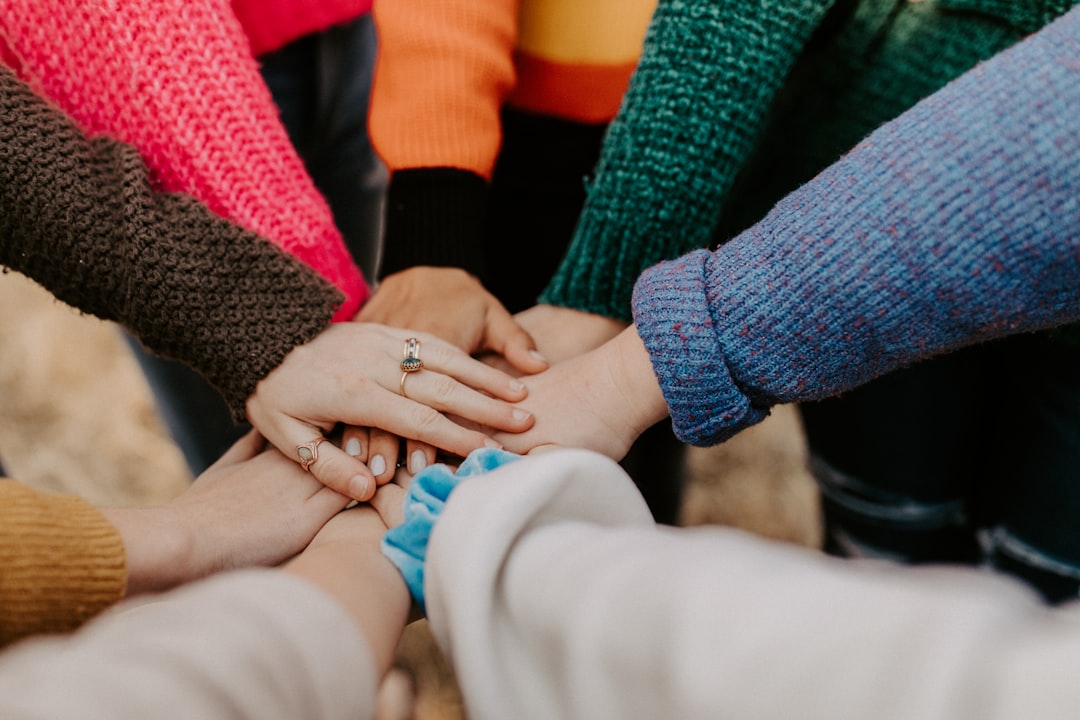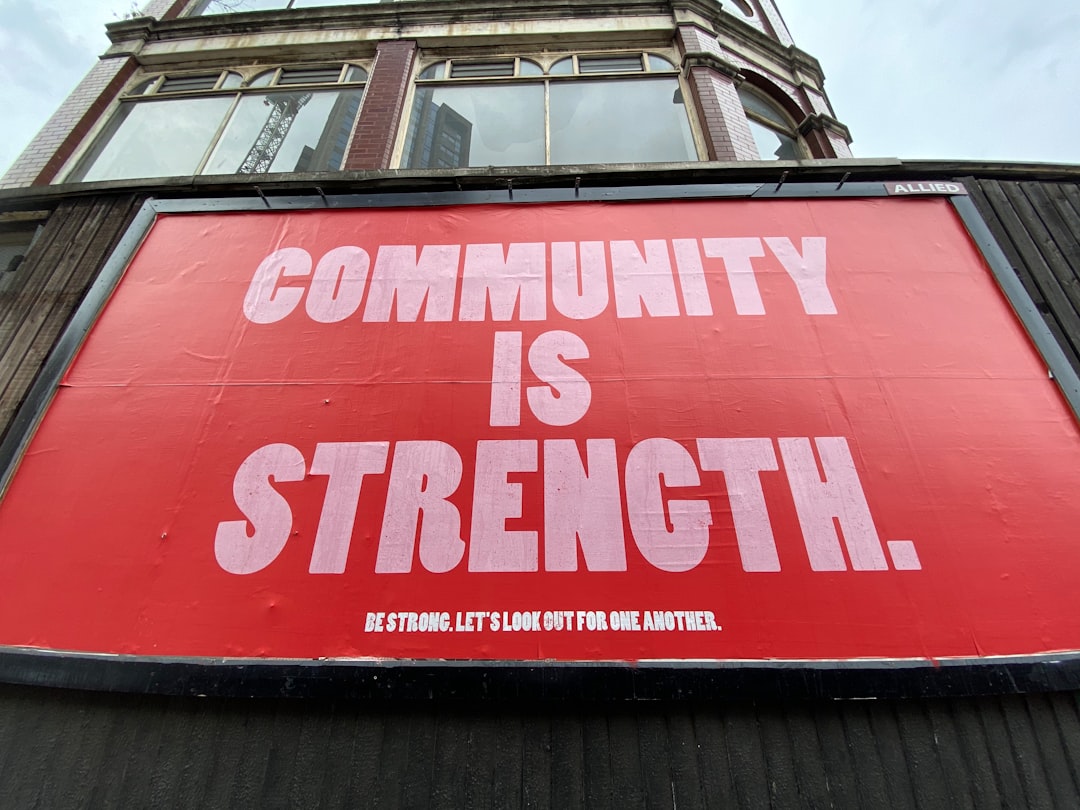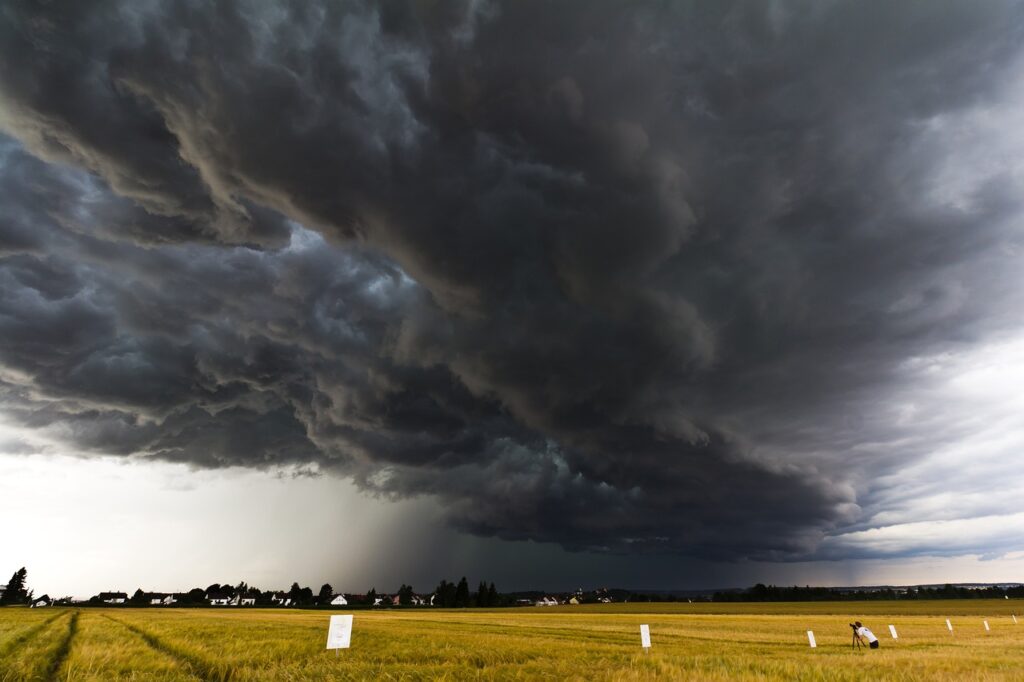
Thanks to Blake from The All Hazards Prepper for the additional information! You can hear our conversation here.
Natural disasters are occurring more frequently, and areas that may not be used to having such events are having them. Do you know if your town, county, or city has a disaster plan? Did you know some counties lack the resources to have a sufficient disaster plan for their citizens? They may only do enough to ensure federal funding, but it may not be adequate in a disaster.
Community collaboration is key to effective emergency preparedness, whether it’s a natural disaster or another crisis. By working together, neighbors, local organizations, and government entities can build resilient bonds that ensure a swift and coordinated disaster response when disaster strikes. A solid support network can make all the difference in how a community prepares, responds, and recovers. This post will dive into the importance of fostering these relationships, offering practical strategies for creating support networks that empower everyone, and ensuring your community stands strong and united in the face of unexpected challenges.
Never doubt the power of people coming together to preserve their community and way of life. While prepping is often viewed as a secretive practice, you can be an inspiring point of contact, helping your community be more involved in preparedness without revealing your personal preparedness plans and resources.
Importance of Community Collaboration
Community collaboration is the backbone of effective emergency preparedness. By uniting, communities can enhance their capabilities to withstand and respond to crises. This section explores how collaboration contributes to resilience, support networks, and the interplay between local organizations and government agencies.
Enhancing Crisis Resilience
Crisis resilience is the ability of a community to adapt and recover from emergencies efficiently. By fostering collaboration, communities can pool resources and share vital information, enhancing their overall resilience.
Collective action helps identify vulnerabilities and strengths, allowing for targeted improvements. When everyone contributes unique skills and knowledge, the community becomes more adaptable.
Joint planning with local authorities ensures that community efforts align with broader governmental emergency plans.
CERT—Community Emergency Response Team—is a FEMA-derived program that educates volunteers on preparedness for disasters that may occur where they reside. Professional responders recognize the program, which provides a nationwide, consistent support plan they can rely on.
CERT trains volunteers in basic disaster response skills, such as:
Fire safety
Light search and rescue
Team organization
Disaster medical operations
You can find out more about the CERT program here.
Building Effective Support Networks
A support network is crucial during emergencies, acting as a safety net. Communities can establish these networks by creating communication channels, like neighborhood groups or online forums, to share information quickly.
Benefits of support networks:
Provide emotional and practical support.
Facilitate resource distribution, such as food and supplies.
Ensure everyone is accounted for during crises.
For example: In a small town, residents can form a volunteer group to assist the elderly during natural disasters.

Local Organizations and Government Collaboration
Local organizations, first responders, and the government are pivotal in emergency preparedness. When these entities collaborate, they create a comprehensive response strategy that benefits everyone.
Local organizations can offer resources and expertise.
Governments provide infrastructure and logistical support.
For example, a local nonprofit can partner with city officials to develop a disaster response plan, improving coordination and resource sharing.
Key takeaway: Strong collaboration between local entities and officials is essential for effective crisis management and recovery.
Strategies for Fostering Relationships
Building strong relationships within a community is paramount for effective disaster response. This section outlines strategies to engage neighbors, share resources, and the impact of training exercises in fostering these connections. If your area does not have a plan, or they do and it has gaps, community members can step up to address and fill any gaps.
Engaging Neighbors in Emergency Preparedness
Getting neighbors involved in emergency preparedness starts with open dialogue. Hosting regular meetings or events can encourage participation and awareness.
Steps to engage neighbors:
Select a meeting place like the local community center, event hall, or church, and select a regular meeting date, such as the first Wednesday of every month.
Organize community workshops focused on emergency planning. Invite the local fire department or other emergency professionals who can help coordinate disaster response with the volunteering residents.
Create a neighborhood contact list for quick communication.
Develop a shared emergency plan with input from all residents and select members willing and able to serve as liaisons between the community, local first responders, and town/county officials.
A few members agree to obtain First Aid/CPR/AED certification. The Red Cross provides online class location information, or your local Fire Department can provide further advice.
Communities can leverage diverse skills and resources by involving neighbors in planning, ensuring everyone is prepared.

Sharing Resources for Disaster Response
Resource sharing is vital for an efficient disaster response. Communities can create shared inventories of supplies like food, water, and medical kits.
Example: A neighborhood storage facility for emergency supplies.
Sharing reduces redundancy and ensures equitable access to critical resources.
Tip: Establish clear guidelines for resource distribution to maintain order during emergencies. Select the people who would be the primary contact and maintain these resources.
Collective Training Exercises and Their Impact
Conducting training exercises helps communities prepare for real emergencies. These exercises simulate crisis scenarios, allowing participants to practice their response strategies.
Benefits of training exercises:
Identify gaps in current emergency plans.
Enhance coordination between different community groups and local first responders.
Build confidence among participants in handling emergencies.
Scheduled drills at least twice a year keep participants’ skills sharp.
Conclusion: Regularly organized training exercises are crucial for improving community readiness and response capabilities. It also builds camaraderie and trust.

Benefits of a Strong Support Network
A robust support network offers various benefits during emergencies, from increased security to improving community readiness and ensuring effective response and recovery. This section breaks down these advantages in detail.
Feeling Secure During Emergencies
A strong network instills a sense of security among community members during crises. Knowing there is a system to support one another reduces panic and enhances confidence in handling emergencies.
Example: A neighborhood communication system updates residents on safety measures and resource availability.
Feeling secure leads to more effective and organized emergency responses.
Improving Community Readiness
A strong network bolsters community readiness. Prepared communities can respond more swiftly and efficiently when every member knows their role and has access to necessary resources. Communities with established networks often see faster recovery times post-disaster, minimizing long-term impacts.
Actionable advice: Regularly update emergency plans and ensure all members are familiar with them.
Ensuring Effective Response and Recovery
Strong support networks ensure that help is available and recovery is swift. A town with a robust support network will clear debris faster, assist those in need quicker, and restore their functionality earlier than neighboring areas without such networks.
Key insights:
Coordinated efforts lead to quicker recovery.
Strong networks minimize resource wastage and duplication.
In conclusion, building and maintaining a strong support network is essential for effective emergency preparedness and recovery.
As the certainty of federal assistance wavers, let the above be a starting point for introducing preparedness to your neighborhood or town, creating a more secure and independent community ready to face whatever crises happen next.



